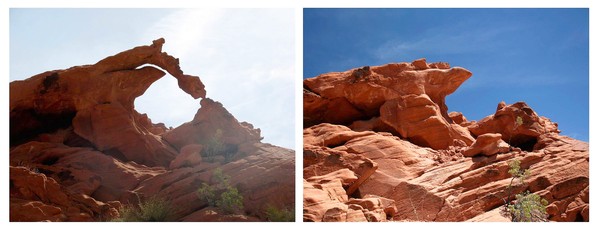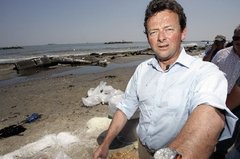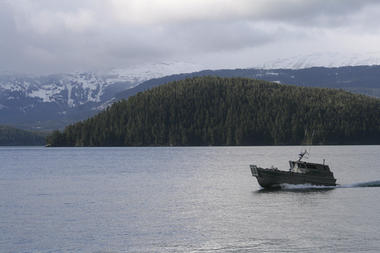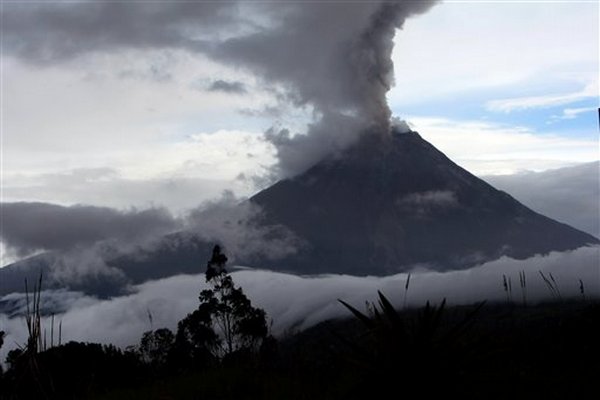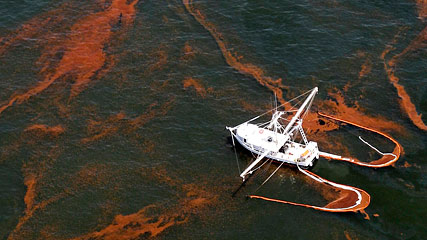
© Eric Gay/ Associated PressA shrimp boat collects oil with booms in the waters of Chandeleur Sound, La., on May 5. An engineer who witnessed a crude spill in the Persian Gulf in 1993 says BP should use a fleet of empty supertankers to suck crude off the water's surface.
Even as proposals pour in for cleaning up the Gulf of Mexico oil spill, one veteran of a massive (and secret) crude spill in the Persian Gulf says he has a tried-and-true solution.
Now if only the people who could make it happen would return his calls.
"No one's listening," says Nick Pozzi, who was an engineer with Saudi Aramco in the Middle East when he says an accident there in 1993 generated a spill far larger than anything the United States has ever seen.
According to Pozzi, that mishap, kept under wraps for close to two decades and first reported by
Esquire, dumped nearly 800 million gallons of oil into the Persian Gulf, which would make it more than 70 times the size of the
Exxon Valdez spill.
But remarkably, by employing a fleet of empty supertankers to suck crude off the water's surface, Pozzi's team was not only able to clean up the spill, but also salvage 85 percent of the oil, he says.
"We took [the oil] out of the water so it would save the environment off the Arabian Gulf, and then we put it into tanks until we could figure out how to clean it," he told AOL News.
While BP, the oil giant at the center of the recent accident, works to stanch the leak from the sunken
Deepwater Horizon rig, Pozzi insists the company should be following his lead.
